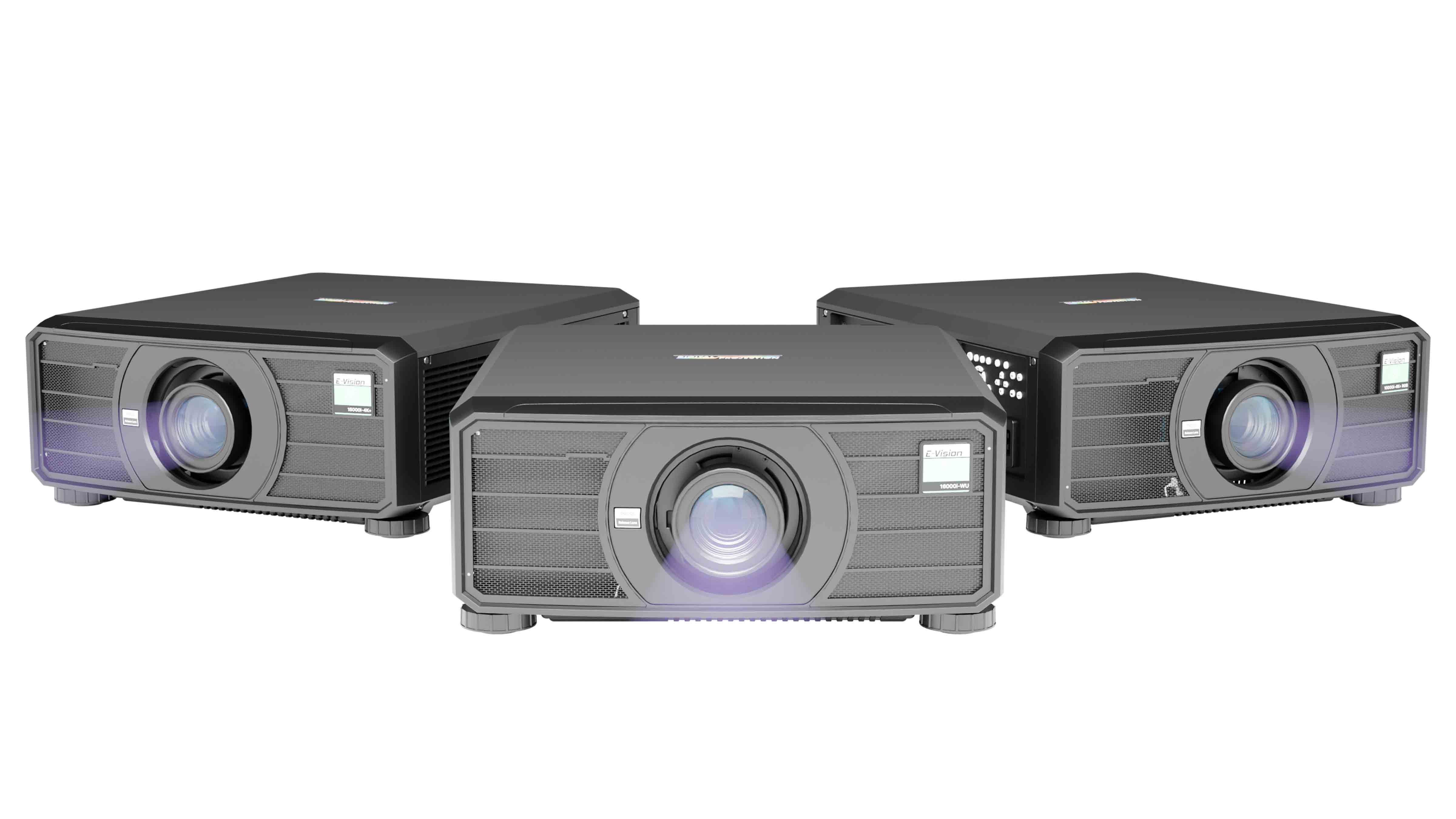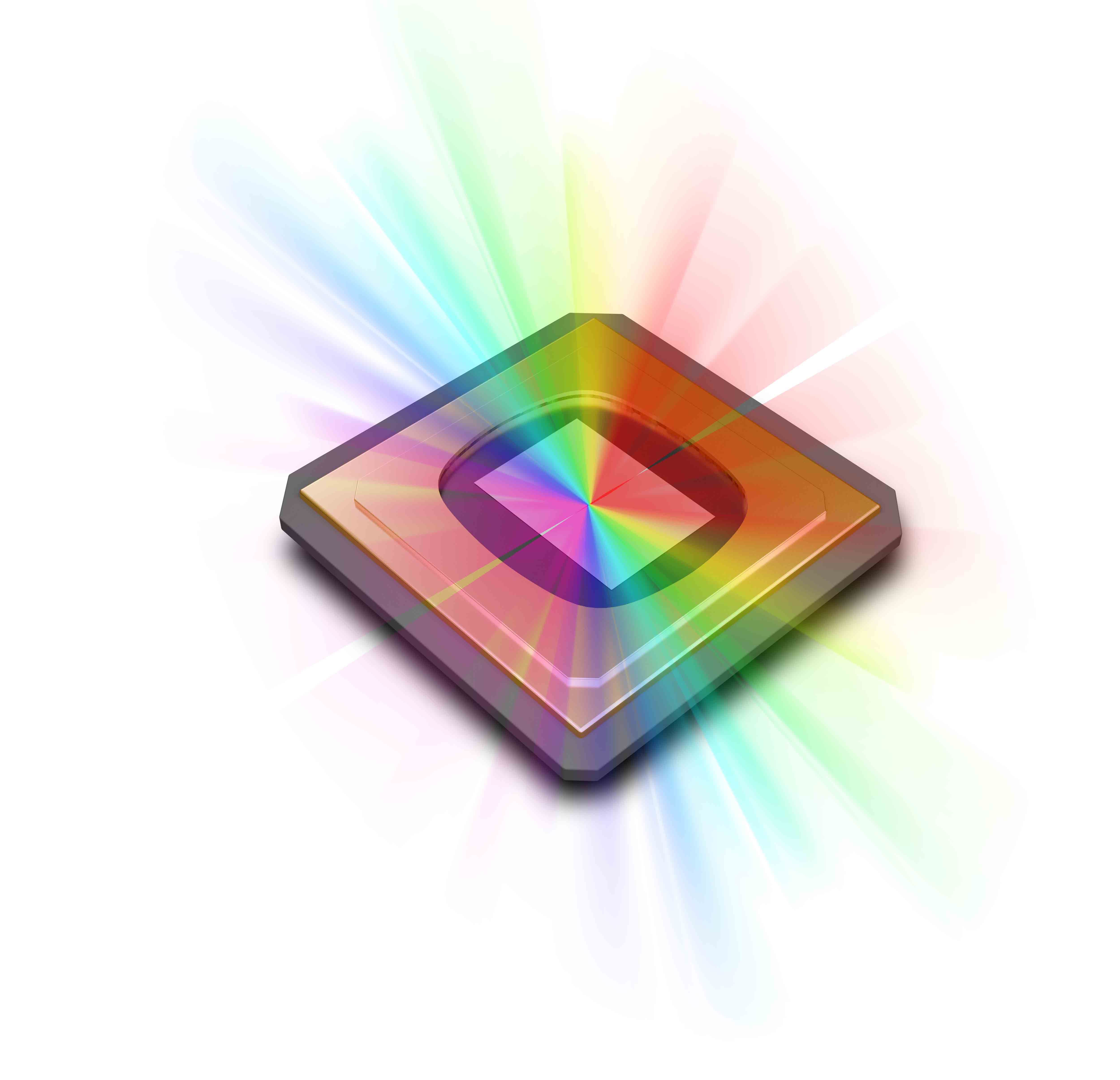Over the 'Rainbow Effect'
After more than 25 years, DLP projection technology continues to innovate.

Initially co-developed between Texas Instruments and Digital Projection, Digital Light Processing (DLP) technology has been around for more than 25 years. What started as a revolutionary technology designed to bring digital video to commercial movie theaters has evolved into one of the most widely adopted technologies across multiple applications. Today, DLP is a dominant force in corporate, educational, and home theater markets, delivering high-quality visuals with precision and brightness.
When DLP projectors were first introduced, they were based on a three-chip design. Each of the three chips was dedicated to one of the primary colors: red, green, and blue. These chips worked in conjunction, converging their outputs to produce a full-color image that was projected onto a screen using a high-powered lens system. This three-chip configuration was a game-changer in digital projection technology, delivering a new level of image quality and color accuracy.

Not long after the introduction of three-chip DLP projectors, single-chip DLP projectors emerged as a viable alternative. This advancement was possible due to the fast switching speed of DLP micromirrors. Instead of using separate chips for each color, single-chip DLP projectors sequentially displayed red, green, and blue images using a single digital micromirror device (DMD). This innovation made projectors significantly smaller, lighter, and more cost-effective while maintaining high levels of brightness and efficiency.
Unique Approach
One key factor that sets DLP apart from other projection technologies is its truly "digital" nature. Unlike Liquid Crystal Display (LCD) and Liquid Crystal on Silicon (LCOS) projectors, which rely on analog voltage modulation to control each pixel, DLP technology operates using binary digital light processing. Each micromirror on a DMD chip has only two positions, on or off, a binary approach that provides several advantages.
• Uniform image reproduction. Because each micromirror functions in an identical manner, DLP ensures consistent brightness and uniform color reproduction across the entire image. In contrast, LCD and LCOS projectors, which depend on varying voltage levels to control pixels, may suffer from slight voltage inconsistencies that cause non-uniformity or blotchy images.
• Higher native contrast ratio. The ability of DLP mirrors to tilt at extreme angles results in deeper blacks and higher contrast ratios, making it an excellent choice for home theater enthusiasts and professional applications requiring superior image quality.
A daily selection of the top stories for AV integrators, resellers and consultants. Sign up below.
• Faster response time. The rapid switching speed of DLP micromirrors minimizes motion blur, making it particularly well suited for fast-paced video content such as sports, gaming, and action-packed movies.
Over the past 25 years, DLP technology has undergone continuous refinement. One of the early challenges of DLP projection was the visibility of a "dimple" in the center of each pixel, caused by the mechanical structure of the micromirrors. Through design improvements, these dimples were minimized and eventually eliminated, resulting in increased efficiency, greater brightness, and improved contrast ratios.
Another significant advancement has been in the pixel density of DLP chips. As demand for higher resolutions has increased, DLP technology has kept pace, evolving from SD to Full HD and now to 4K resolutions.
RGB Pure Laser: The New Revolution
Improvements in color wheel technology have further elevated DLP performance. Initially, color wheels consisted of only three segments: red, green, and blue. While effective, this setup caused a "rainbow effect,” characterized by a noticeable separation of colors and artifacts in the projected image. To mitigate this issue and enhance color reproduction, manufacturers incorporated additional colors such as cyan, magenta, and yellow to the color wheel. This also resulted in brighter imaging.
One of the most significant innovations in DLP projection was the ability to create 4K images using a 2K modulator. Initially, skeptics dismissed this as "faux-K" rather than true 4K. However, DLP’s ability to rapidly switch micromirrors—at speeds of 20 millionths of a second— allowed it to create four distinct pixels from a single micromirror. This was achieved through an optical shifting technique known as a "wobulator."
One key factor that sets DLP apart from other projection technologies is its truly "digital" nature.
When tested against traditional 4K projectors, text patterns and fine details confirmed that DLP was fully capable of resolving all pixels of a 4K image. This innovation made 4K projection more accessible and cost-effective, further solidifying DLP’s position in the market.
As technology advances, the latest evolution in DLP projection is the introduction of RGB pure laser technology in combination with single-chip DLP projectors. Traditional lamp-based projectors require color wheels or phosphor-based light sources to generate colors. While effective, these methods introduced certain limitations, such as potential color separation artifacts and mechanical noise.
With RGB pure laser projection, individual red, green, and blue lasers are used as direct light sources. As a result, RGB lasers produce more vivid, true-to-life colors, achieving nearly 100% of the Rec. 2020 color gamut—the widest color space available in consumer displays. Lasers have a much longer lifespan compared to traditional projection lamps, reducing maintenance costs and enhancing durability.
Without a spinning color wheel or high-wattage lamp, RGB laser projectors generate less heat and operate more quietly, making them ideal for home theaters and professional environments. And because RGB lasers don't rely on color wheels, the risk of color separation artifacts is completely removed. That means no more rainbows.
Looking Forward

Over the past 25 years, DLP technology has undergone remarkable advancements, making it one of the most versatile and widely adopted projection technologies available today. Looking ahead, we can expect even greater innovation. For example, as consumer demand for ultra-high-resolution content grows, we may see even more refined implementations of 8K and beyond.
Potentially, DLP could be integrated with emerging display technologies like microLED to enhance brightness and contrast. AI-enhanced image processing, based on advanced machine learning algorithms, could be used to optimize real-time image enhancement, improving clarity, sharpness, and dynamic range. Beyond projection, DLP's rapid-switching micromirrors are being adopted for other applications, including 3D printing, Light Detection and Ranging (LiDAR) systems for autonomous vehicles, and advanced medical imaging.
[Short-Throw Projectors Offer Advantages in the Classroom]
With so much potential for growth, the future of DLP technology looks brighter than ever. Whether in projection systems or entirely new fields, its core principle of high-speed, high-precision light control continues to open new doors for innovation. As the demand for immersive and high-fidelity visual experiences grows, DLP is well-positioned to remain at the forefront of the industry for years to come.
George Walter is the VP of sales for Digital Projection.

